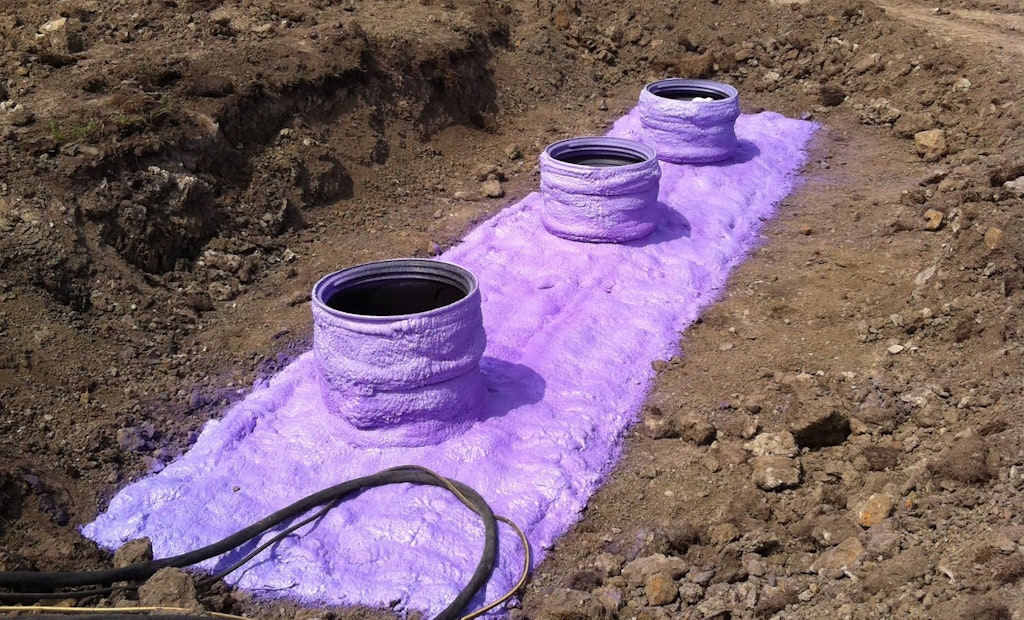Treatment of sewage relies heavily on biological activity. Many factors affect digestion, including temperature, retention time and pH. Microbial activity doubles every time the temperature increases by 18 degrees F. When warm wastewater causes microbial activity to double, the...
How Temperature Impacts Onsite Wastewater Treatment
Changes in temperature affect all the biological activities that drive sewage treatment
Popular Stories
Discussion
Comments on this site are submitted by users and are not endorsed by nor do they reflect the views or opinions of COLE Publishing, Inc. Comments are moderated before being posted.







